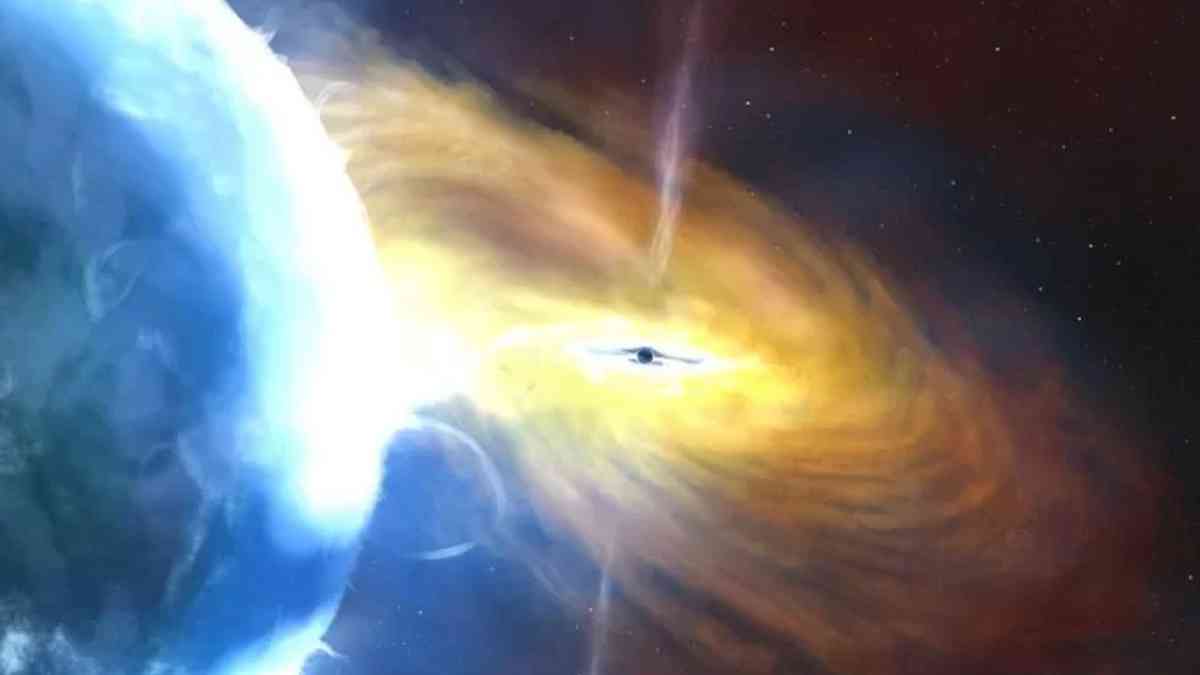Cosmic explosions are real heavy element factories and, among other things, can wipe out an entire galaxy, like released radiation. Now, researchers at the University of Southampton, UK, have announced the discovery of the largest event of its kind ever. The research, published in the journal Monthly Notices of the Royal Astronomical Society, identified a phenomenon 10 times brighter than any supernova and three times brighter than tidal disruption, which occurs when a star is sucked into a black hole.
The explosion, named AT2021lwx, lasted more than three years, said research leader Philip Weissmann, while the supernovae were only seen for a few months. According to the study, the event is located 8 billion light-years away from the observation point, when the universe was about 6 billion years old – the estimated age of the universe is 14 billion.
In a note, Sebastian Honig of the University of Southampton, a co-author of the paper, explained how the magnitude of the explosion was measured. “Once you know the distance to the object and how bright it is to us, you can calculate the brightness from its source. After making those calculations, we realized that it was very bright,” he said.
gaseous particles
“When we used a larger telescope to try to see if this type of supernova was, we found that it didn’t look like a supernova at all, but rather a quasar, a black hole gobbling up gas from it. But the quasars flashed constantly, whereas this was just one giant flash, It has been going on for nearly three years and is still fading away gradually.” For the researcher, this discovery changes the perception of how black holes grow. We know they swallow gas, but this is usually a slow and steady process.
Scientists believe that the explosion was caused by a large cloud of gas, larger than the Earth’s sun, which was intertwined with a supermassive black hole. According to the study, parts of the cloud were swallowed up, causing shock waves. Astronomer Nilton Araujo, from the Planetary Foundation in the city of Rio de Janeiro, confirms that this is a valid hypothesis about the cause of this phenomenon and explains that huge amounts of gaseous particles may have suddenly fallen inside the body, and in doing so, a lot of energy was released. “For a short time, the object was shining light from several galaxies.”
Nothing similar has been observed before, Araujo points out. “This fact challenges models of the formation of black holes and galactic nuclei. New interaction processes of stellar objects must be modeled to explain this phenomenon.” (Isabella Almeida)

“Incurable thinker. Food aficionado. Subtly charming alcohol scholar. Pop culture advocate.”






More Stories
NASA Releases Selfie of Perseverance Rover Working on Mars
NVIDIA driver includes hidden Final Fantasy XVI profile
PlayStation Plus Extra and Premium saw a significant drop in players in July